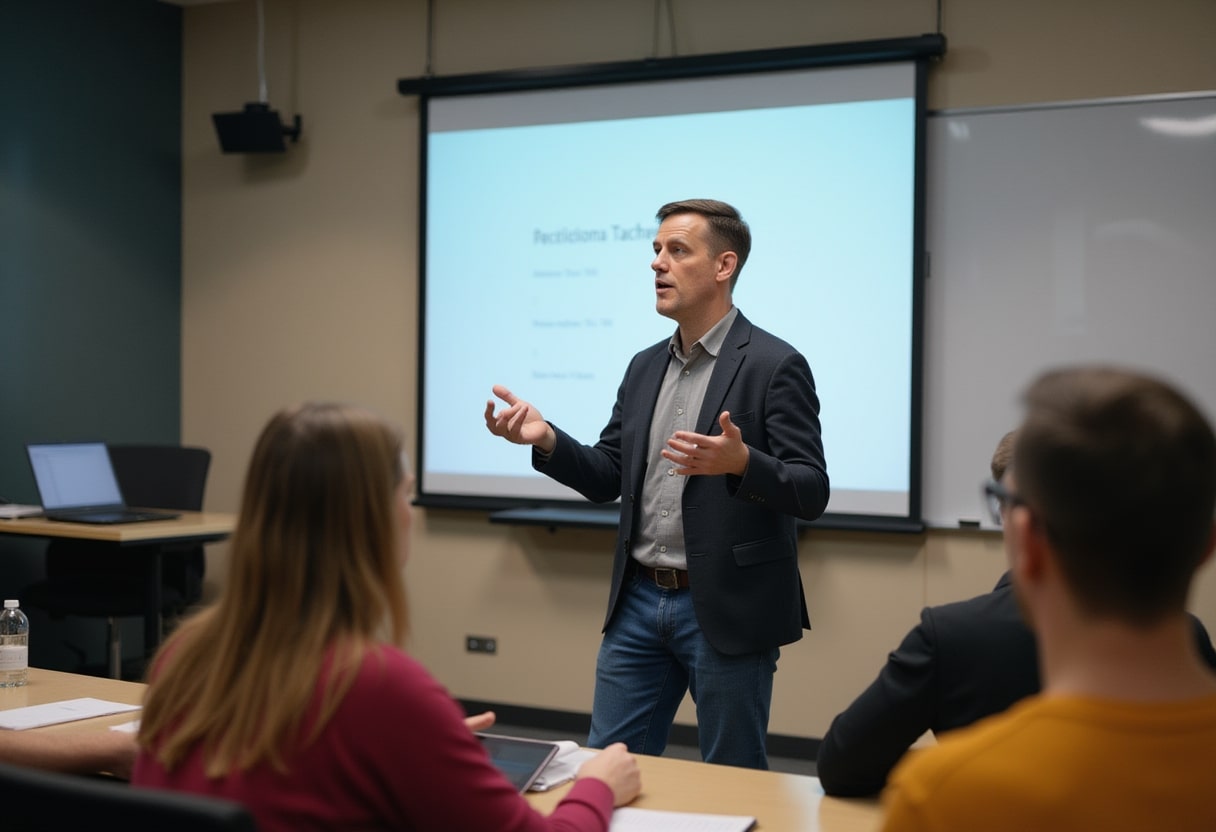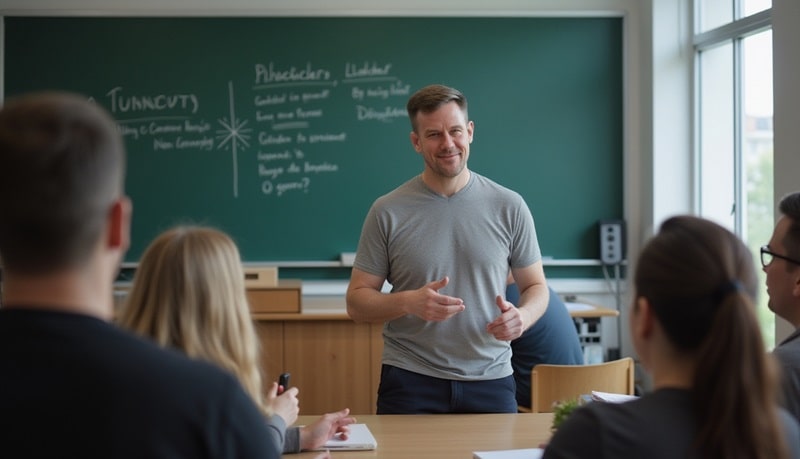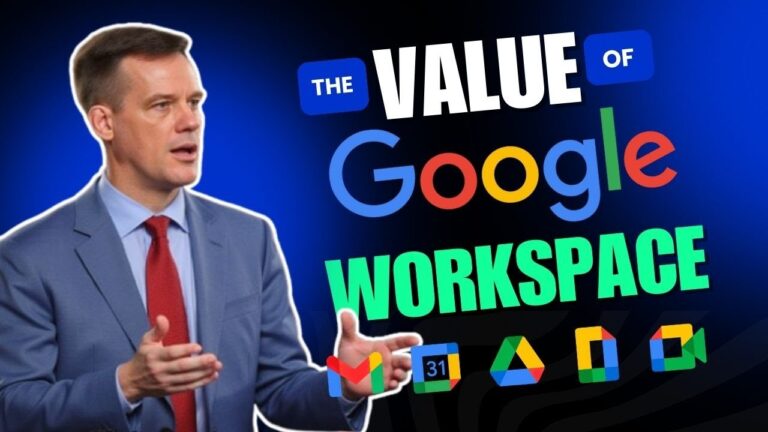My mini “SEO Bible” for people who say they cannot or do not understand SEO or that it is over their head
SEO has evolved, but some fundamentals remain timeless. Over my years navigating the digital landscape—from building villaamrita.com and achieving Amazon dominance to crafting AI tools at JonJones.AI—one truth has stood out: SEO isn’t just about algorithms. It’s about crafting content that resonates with real people while being technically robust for search engines. Let’s break down what it takes to excel at both on-page and off-page SEO in a way that combines strategy, innovation, and a little bit of grit.
On-Page SEO: Crafting Content That Stands Out and Ranks
Creating content for SEO isn’t just about stuffing keywords into a page and hoping it ranks. It’s about producing high-quality, engaging content with a genuine human touch. AI can help accelerate the process (and I use it for efficiency), but don’t lean on it as a crutch. Quality is paramount.
If you have actual time and interest, check this link here for a true, in-depth explanation of SEO
Quality Content with a Human Touch
In a digital age where AI-generated content is becoming ubiquitous, authenticity is your differentiator. Sure, use AI to get a rough draft, but then make it your own. Edit it, refine it, inject your insights, and offer something that others can’t easily replicate. Share real stories, add stats, or even include a short video from your phone. This isn’t just about ranking; it’s about adding value.
Search Intent Focus: Every article should start with one question—what is my audience truly looking to learn? From roofers to retailers, understanding search intent means delivering actionable, relevant insights.

Key On-Page Elements
URL Slug: Keep it simple and include your main keyword for direct relevance.
Keyword Placement: Naturally incorporate your keyword into:
H1 tag (main title)
At least one H2 or H3 subheading
Meta title and meta description for better SERP visibility
Author Bio & Links: Establish trust. A brief bio with your credentials and links to related content can give your articles an edge.
Table of Contents: Longer articles benefit immensely from a clear ToC, helping readers and search engines grasp the structure.
Image Optimization: Use your main keyword in image titles and alt tags. This not only supports visual search but also improves accessibility.
Internal & External Links: Link to other content on your site to keep users engaged and build site architecture. Don’t shy away from linking to authority sites either—when done right, it boosts credibility.
Content Updates: Google loves fresh content. Regularly update articles with new insights, dates, or data to signal relevance.
Off-Page SEO: Building Authority and Backlinks
Creating stellar content is the start, but it’s not the end. Without off-page SEO, even the best content can remain hidden in the search engine abyss. Think of off-page SEO as your content’s PR strategy—without it, your articles lack visibility.

Backlink Building & Outreach
Backlink building isn’t a one-click endeavor. It’s about establishing relationships, creating partnerships, and positioning yourself as an authority in your field.
Outreach and Partnerships: Reach out to high-authority sites, influencers, and niche communities. Cold emails, collaborations, and even guest blogging can get you valuable links back to your site. I’ve used these tactics to build authority for my sites, reaching out to both major players and niche experts.
Press Coverage: Got something newsworthy? Leverage PR to create buzz. A press release, an interview, or even a mention in a small trade publication can help you gain quality backlinks.
Consistency is Key
Backlink building is not a one-time task. This is a continual effort. To maintain rankings, you need a steady influx of new links. In the past, I’ve seen perfectly good content drop in rankings simply because competitors were more proactive in link building. Don’t let that happen to you.
Additional SEO Tips
Technical SEO Check: Speed, mobile optimization, and indexing are critical. You could have the best content in the world, but if your site doesn’t load quickly, people will bounce.
User Engagement: Search engines value engagement metrics like dwell time and bounce rate. Craft content that keeps readers on the page, exploring, clicking, and engaging.
Schema Markup: Consider adding structured data to help search engines understand your content and display it in rich snippets.
In Closing: SEO is an Art and Science

SEO isn’t a single solution or a quick-fix tool. It’s a blend of art, science, and persistence. It’s about learning, adapting, and constantly iterating. For those of you who are just starting, remember: SEO is a marathon, not a sprint. There’s no magic button, but if you’re willing to put in the work, the rewards are well worth it.
At JonJones.AI, I use my years of hard-earned SEO expertise to help businesses cut through the noise. If you’re ready to elevate your digital presence and want a guiding hand along the way, let’s get to work.
This is my mini SEO Bible. Lots of people say they think SEO is hard or difficult to learn or understand. It’s not. It comes down to quality content that’s meaningful, in that it answers or satisfies a need in search, quality backlinks, which essentially equate to a vote of support or voucher from a 3rd party, and now, in nearly 2025, having a Youtube channel with a diverse variety of interesting content.
What all of the above is doing is showing authenticity, genuineness and expertise.





